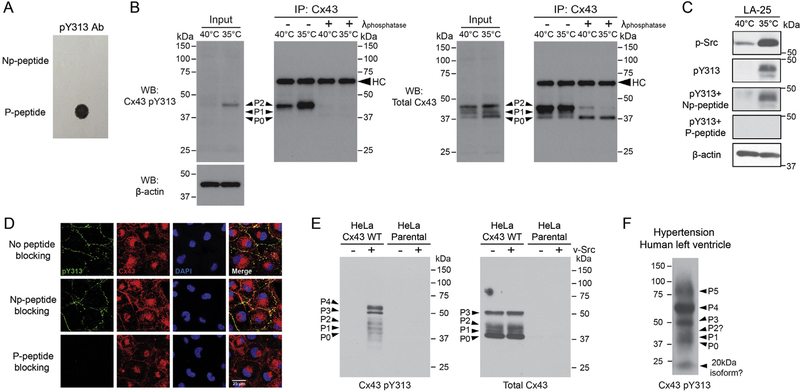Fig. 2. Specificity of the Cx43 Y313 phospho-specific antibody.
A) LifeTein performed a dot-blot assay to demonstrate that the pY313 antibody does not recognize non-phosphorylated Y313 peptides (non-phospho-(Np-peptide) and phospho-(P-peptide) peptides). B) Western blot of total cell lysate (input) from LA-25 cells at 40 °C or 35 °C (active v-Src) incubated with the Y313 phospho-specific antibody (left) or a total Cx43 antibody (right). The lysate was used to immunoprecipitate (IP) Cx43, which was subsequently incubated with and without a general tyrosine phosphatase and Western blotted using the same antibodies. C) LA-25 cells at 40 °C or 35 °C (active v-Src) were incubated with the Y313 phospho-specific antibody in the presence of Np-peptide and P-peptide peptides. Data were analyzed by Western blot (antibody used is indicated, left of each panel). D) Immunofluorescence showing co-localization (yellow) of total Cx43 (red) with the Cx43 Y313 phospho-specific antibody (green) at the plasma membrane in LA-25 cells. Preincubation with the P-peptide caused loss of the Y313 phospho-specific antibody signal (green). E) Western blot of total cell lysate from stably Cx43 expressing HeLa cells and parental HeLa cells transiently transfected with v-Src using the Y313 phospho-specific antibody (left) or a total Cx43 antibody (right). F) Western blot of total cell lysate from hypertensive human left ventricle tissue (Novus Biologicals, NB820–59315) using the Y313 phospho-specific antibody.

